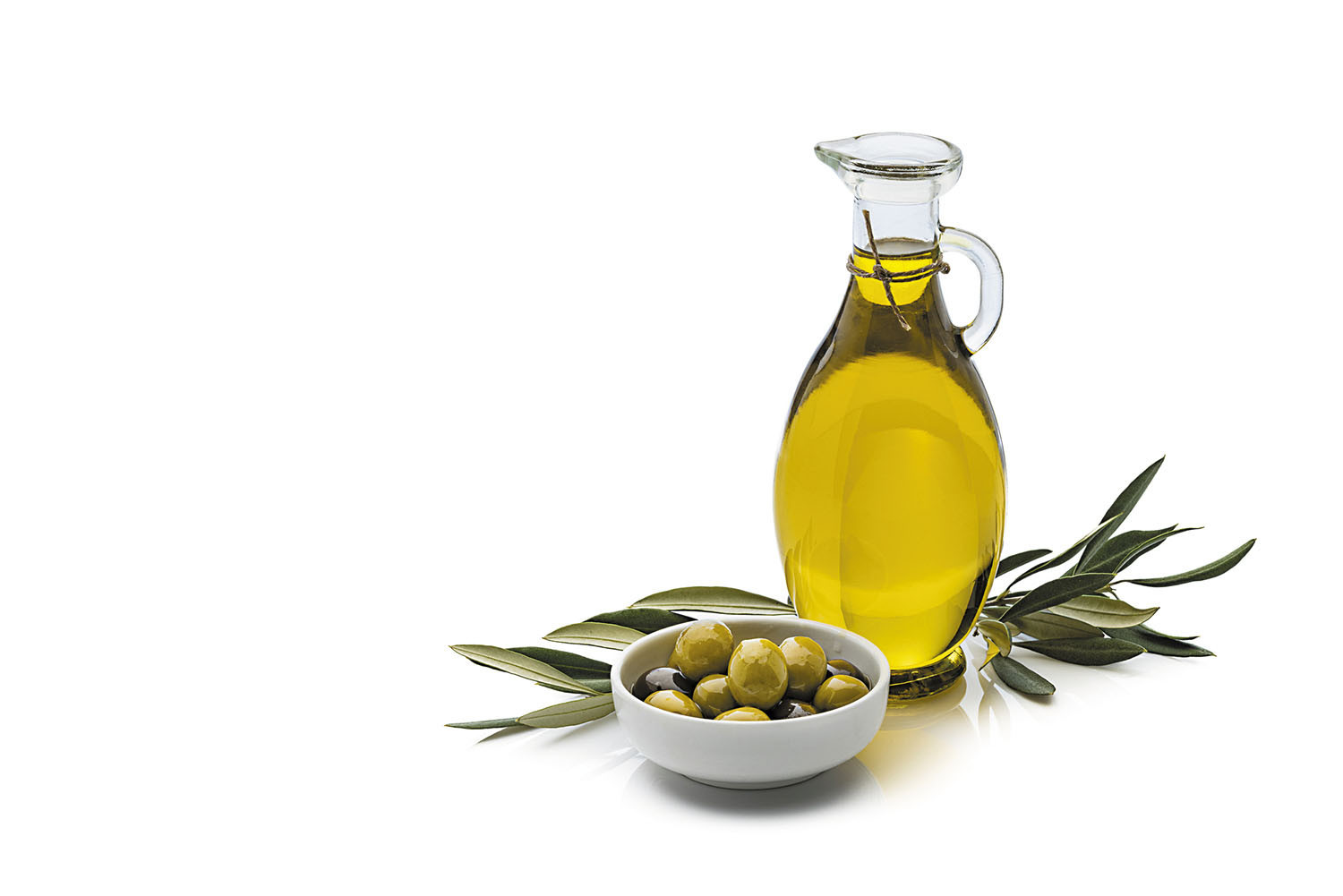Olive oil is a cornerstone of the Mediterranean diet, renowned for its numerous health benefits. With countless options lining grocery store shelves, selecting the healthiest olive oil can be daunting. Here are six key factors to consider when choosing the best olive oil for your health.
- Extra Virgin Olive Oil (EVOO)
Extra virgin olive oil is the highest quality and most nutritious form of olive oil. It is made from pure, cold-pressed olives, whereas regular olive oil is a blend, including both cold-pressed and processed oils. EVOO retains more natural vitamins and minerals found in olives, which contribute to its superior health benefits. It is rich in antioxidants, particularly polyphenols, which have anti-inflammatory properties and help protect against heart disease and certain cancers. - Cold-Pressed and First-Pressed
The process of extraction plays a significant role in the health quality of olive oil. Cold-pressed means the oil was extracted without the use of heat, which can degrade its nutritional value. First-pressed indicates that the oil was extracted from the first press of the olives, preserving the most nutrients. Together, these methods ensure that the oil maintains its flavor, aroma, and health benefits. - High Polyphenol Content
Polyphenols are powerful antioxidants found in high concentrations in extra virgin olive oil. These compounds are known for their anti-inflammatory, anti-cancer, and heart-protecting properties. When selecting olive oil, look for those that advertise high polyphenol content. Dark bottles and specific labeling can indicate higher polyphenol levels, as these protect the oil from light, which can degrade polyphenols. - Harvest Date
Freshness is crucial when it comes to olive oil. The harvest date on the bottle indicates when the olives were picked and processed. Opt for olive oil with a recent harvest date, ideally within the last year, to ensure maximum freshness and potency of nutrients. Over time, olive oil can lose its flavor and beneficial properties, so fresher is always better. - Acidity Level
The acidity level of olive oil is a good indicator of its quality. Extra virgin olive oil should have an acidity level of less than 0.8%. Lower acidity often means better taste and higher nutritional value. High acidity can indicate poor quality olives or improper processing, which can compromise the health benefits of the oil. - Certification and Origin
Certifications such as PDO (Protected Designation of Origin) or PGI (Protected Geographical Indication) ensure that the olive oil is produced in a specific region and adheres to strict quality standards. These certifications can guarantee that the oil is pure and free from adulteration. Additionally, knowing the origin can help you choose olive oils from reputable producers known for their high-quality products.
Conclusion
Choosing the healthiest olive oil involves understanding the nuances of production, processing, and labeling. By prioritizing extra virgin olive oil, looking for cold-pressed and first-pressed labels, ensuring high polyphenol content, checking the harvest date, considering the acidity level, and seeking out certified and reputable origins, you can select an olive oil that maximizes both health benefits and culinary enjoyment. Investing in high-quality olive oil is a small but impactful step towards better health and well-being.






